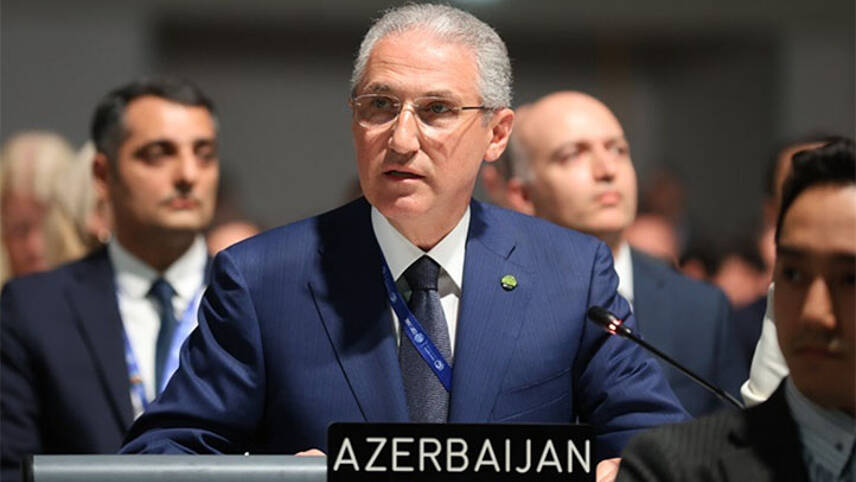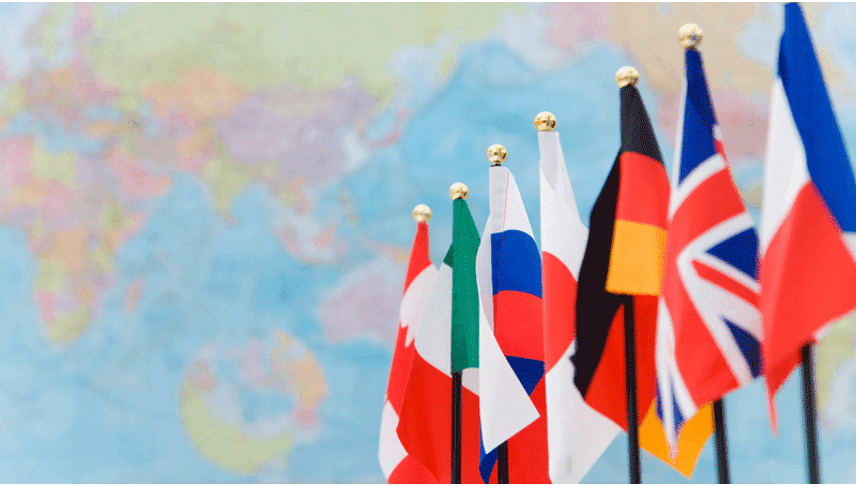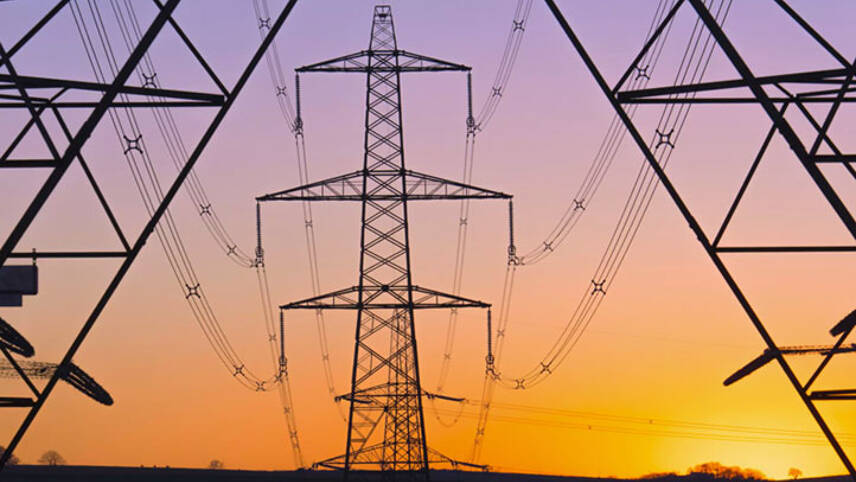WOBO, its members and fellow professionals, appreciate the breadth of activities and events covered by “edie”.

“Guiding compass to 1.5C”: COP29 presidency unveils plans for global climate action
At the Petersberg Climate Dialogue in Berlin, Babayev stated a resolute commitment to the goals of the Paris Agreement, stating that a failure to meet the 1.5C goal “means that people would be left behind.”
It was revealed earlier this year that global warming surpassed the 1.5C temperature threshold for the first time in recorded history for whole 12 months.
In his address, Babayev emphasised that meeting the temperature target isn’t solely about yearly fluctuations but rather about longer-term trends.
He added: “Currently, we are on course to overshoot the 1.5 limit in the medium term. However, the science also says that, with determination and urgency, it is still possible to stay below this limit.”

Report: Meeting global climate and energy security goals hinges on rapid battery expansion
This is according to the IEA’s ‘Batteries and Secure Energy Transitions’ report, which reveals that battery deployment more than doubled in the power sector in 2023, driven by falling costs and supportive policies.
According to the report, battery deployment in the power sector surged by more than 130% year-on-year in 2023, adding 42 gigawatts (GW) to global electricity systems, underscoring the indispensable role that batteries have in enabling the transition to clean energy and achieving climate objectives set forth at the COP28 climate conference in Dubai.
At the World Leaders Summit at COP28, more than 100 countries signed up to a commitment to keep the 1.5C pathway of the Paris Agreement alive by pledging to triple global renewable capacity and doubling energy efficiency by 2030.
Additionally, the report notes that batteries have been instrumental in driving the rise in electric vehicle (EV) sales, with numbers surging from 3 million in 2020 to nearly 14 million in 2023.

EU and US approve new rules for decarbonisation and emissions reduction
The Net-Zero Industry Act sets a target for Europe to produce 40% of its annual deployment requirements in net-zero technologies by 2030, aligning with national energy and climate plans (NECPs). Additionally, the Act aims to capture 15% of the global market value for these technologies.
The technologies include all renewable technologies, nuclear, industrial decarbonisation, grid, energy storage technologies and biotech.
The law will simplify the permitting process, setting maximum timelines for projects to be authorised depending on their scope and output.
Member of the European Parliament Christian Ehler said: “This vote is good news for European industry and sets the tone for the next term.
“To achieve all our economic, climate and energy ambitions, we need industry in Europe. This Act is the first step to making our market fit for this purpose.”

European cities are turning to nature-based solutions amid climate crisis
This is according to a recent report from the European Environment Agency (EEA), which has analysed approximately 19,000 local climate action plans.
The report highlights that approximately 51% of European cities currently have dedicated climate adaptation plans, marking a 26% increase since 2018.
This figure includes adaptation needs in the water (17%), buildings (13.6%), environment (11.7%), land (10.8%), agriculture (9.3%) and health (7.6%) sectors.
Out of local climate action plans analysed, approximately 91% include the use of nature-based solutions.
However, the report notes that while nature-based solutions are important for addressing climate impacts in European cities, they are required to be combined with other adaptation actions, such as physical infrastructure including levees and sea walls, to meet the magnitude of expected future climate impacts.

“Enough is enough”: Talks for a global plastics treaty fall short of critical action
The penultimate negotiation round for the UN Global Plastics Treaty finally concluded after a week of discussions in Ottawa, and while certain nations advocated for a strong legally-binding treaty, the talks have resulted in a compromise with more formal intersessional work.
The Global Plastics Treaty aims to reduce the absolute level of plastics production globally, with a focus on the materials that pose the most risk to the environment and public health, while requiring nations to improve waste management.
The first full draft of the treaty was finalised in September of last year, which was further negotiated in November at the INC-3 discussions held in Kenya, where a small group of nations rowed over the specific wording on operationalising the treaty and stalled progress due to their strong petrochemical interests.

‘Too little, too late’: G7 nations agree to phase out unabated coal by 2035
After a series of discussions in Turin, Italy, the G7 forum consisting of Canada, France, Germany, Italy, Japan, the UK and the US, have agreed on new commitments and programmes to follow-up on the goals agreed at the UN COP28 to address the climate crisis.
These include a concerted effort to phase out fossil fuels, commencing with coal, and to stimulate the proliferation of renewable energy by increasing the energy storage capacity six-fold compared to current levels.
Nevertheless, the agreement provides flexibility for nations with significant coal dependencies, granting them the possibility of adhering to a timeline “consistent with keeping a limit of 1.5C temperature rise within reach in line with the country’s net-zero pathways”.

National Grid forges partnership to tackle UK’s renewables supply chain and skills barriers
National Grid’s Great Grid Partnership will initially focus on network design and construction work required by the end of the decade for nine Accelerated Strategic Transmission Investment (ASTI) projects, with an aim to reduce reliance on fossil fuels by connecting 50 gigawatts (GW) of offshore wind power by 2030.
These projects include critical transmission routes like Norwich to Tilbury North and South, North Humber to High Marnham, Grimsby to Walpole, Chesterfield to Willington, Brinsworth to High Marnham, Tilbury to Grain and Tilbury to Kingsnorth, as well as cable replacement and circuit enhancement projects from Pentir to Trawsfynydd.
The partnership consists of two design and consenting service partners: AECOM Arup and WSP, alongside five construction partners: Laing O’Rourke, Morgan Sindall Infrastructure, Morrison Energy Services, Murphy and Omexom / Taylor Woodrow (OTW).
